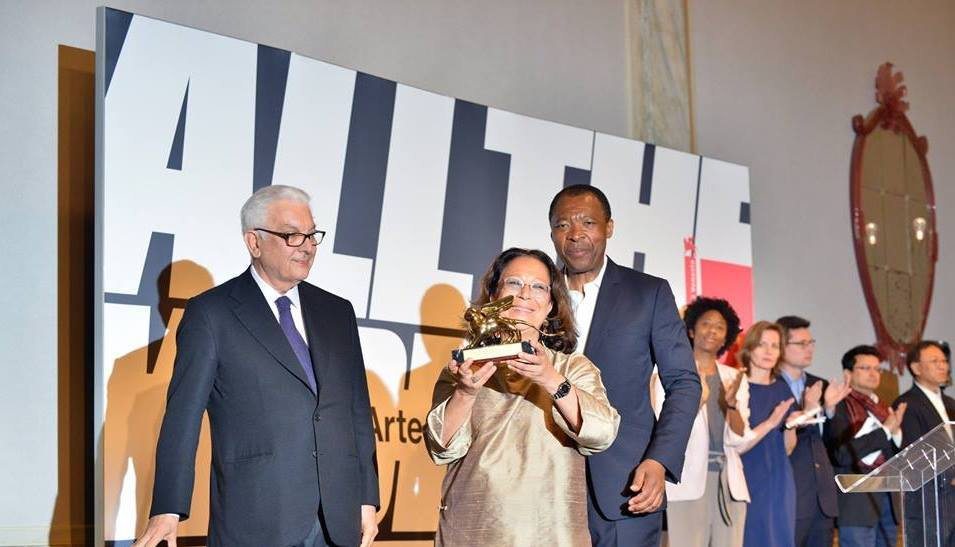The surprise Golden Lion awarded to the Armenian Pavilion at the 56th Venice Biennale in 2015 did more than crown a single exhibition; it crystallised a century-long story of cultural circulation. Curator Adelina von Fürstenberg deliberately assembled only diasporic artists on the island of San Lazzaro, turning a former monastic way-station into proof that Armenian modernism has always travelled first class—even when its passengers left home under duress.

The roots of that triumph reach back to the cataclysm of 1915, when genocide scattered survivors from Van, Erzurum and beyond to Tbilisi, Paris, Cairo, New York and São Paulo. What followed was not an exile from art history but a relay race within it: painters and sculptors transplanted the colours of Mount Ararat into urban ateliers and, in the process, invented what one scholar calls a “national modernism” flexible enough to speak in many tongues at once.
Arshile Gorky, who reached New York via Ellis Island in 1920, is the textbook example. By the mid-1940s he was dialoguing with de Kooning and Rothko; yet the biomorphic forms of The Liver is the Cock’s Comb still echo the apricot orchards and medieval khachkars of his childhood village. Critics often read Gorky as the “last Surrealist,” but the more precise label is diasporic catalyst: he smuggled Anatolian memory into the DNA of Abstract Expressionism.
If Gorky’s accent was New World, Jean Jansem’s remained stubbornly Parisian. Arriving in France in 1922, the future Miserabilist showed at the Salon des Indépendants while mining the tragicomic pathos of Daumier. His spectral Group (1972) compresses refugee crowds into a single frieze of elongated bodies—an image as political as it is painterly, and one that still haunts post-migrant aesthetics across Europe.
A different palette emerged in Beirut, where Paul Guiragossian fused Levantine street life with calligraphic brush-work learned from Armenian manuscript culture. In canvases such as Deir-Ezzor (1965) and The Funeral of Abdel Nasser (1970) the faceless throngs lean forward like columns of script, their chromatic reds and umbers spelling out both grief and resilience. Guiragossian’s very biography—born in Jerusalem, educated in Florence and Paris, mature in Beirut—embodies the zig-zag geography that makes diasporic art a comparative, rather than provincial, enterprise.
By 2015 those divergent itineraries finally co-habited under one roof in Venice. Works by New-Yorkers, Parisians, Tehranis and Buenos-Aireans hung side by side, not as ethnic curiosities but as nodes in a transnational network that had long been hiding in plain sight. The Biennale jury rewarded precisely that “global intimacy,” acknowledging that Armenian art’s centre of gravity was never only Yerevan.
Since then the traffic has started to flow both ways. Diasporic luminaries like Markos Grigorian have opened studios in Garni, while Melik Ohanyan builds on the shores of Lake Sevan. Their return journeys seed new collaborations, suggesting that the 21st-century avant-garde will shuttle not just between capitals but along family fault-lines and memory routes first traced in 1915.
AMCA’s digital platform stands to map this perpetual motion. By hosting itinerary maps, oral-history clips and calls for private archive material, we aim to reunite scattered legacies and invite readers—especially those who inherit a suitcase of letters or a rolled canvas—to plug new coordinates into the ever-expanding diaspora timeline. In other words: the next Golden Lion may begin in your attic.

